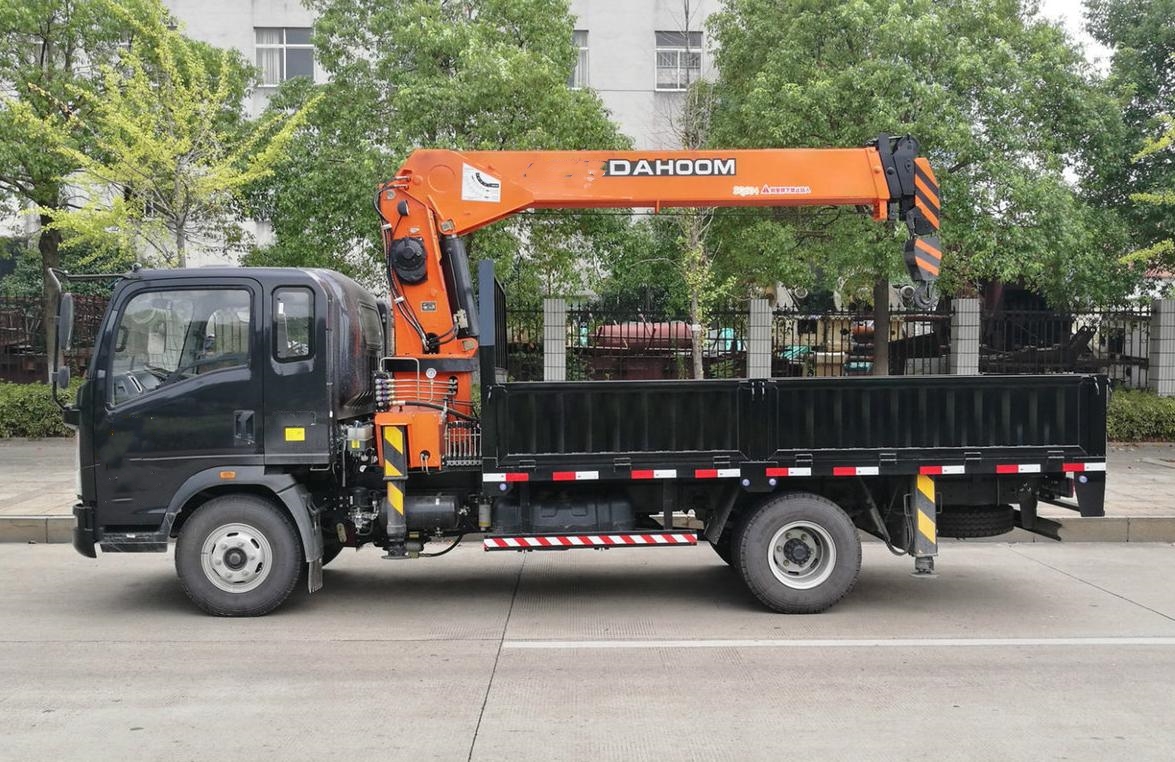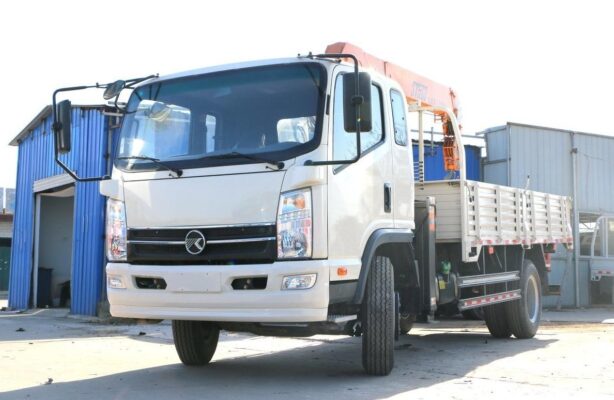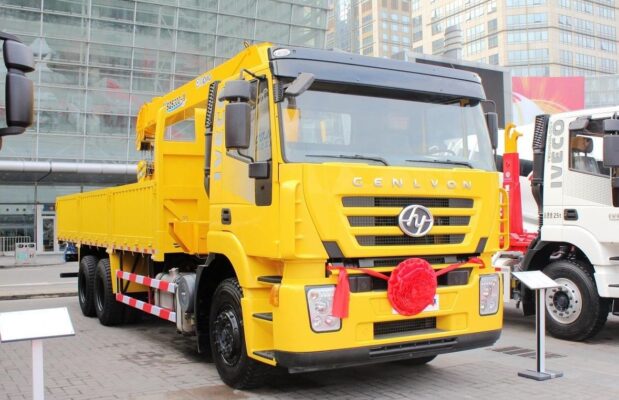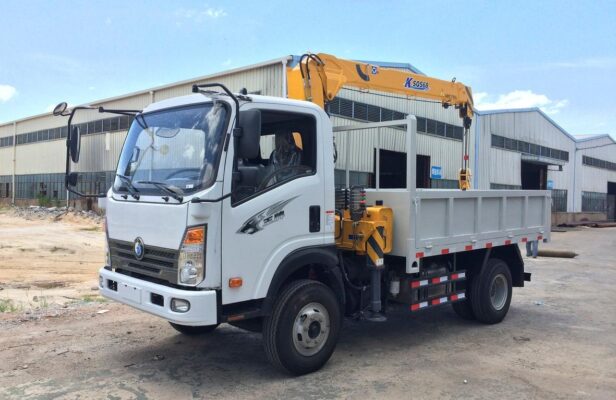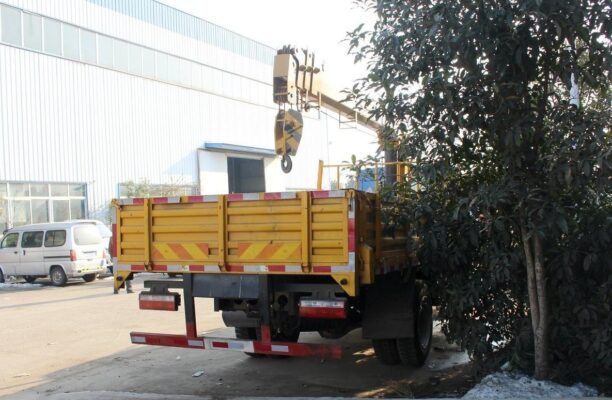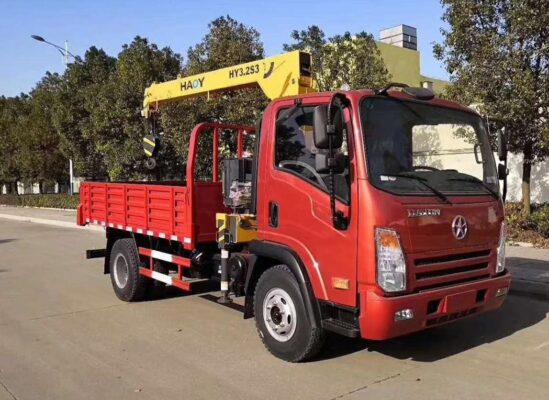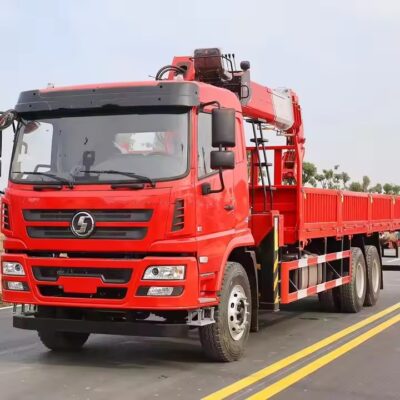Pulley systems are widely used in lifting and transport machinery, offering various configurations depending on the number of wheels, connection types, and specific usage. In this document, we will provide an overview of different types of pulleys, their classifications, and methods for threading ropes through them.
1. Classification of Pulleys
Pulleys are classified based on their number of wheels, their connection type to the load, and the design of their bearing systems. Each classification has specific use cases that make it suitable for various lifting and transportation tasks.
1.1 Classification by Number of Wheels
Pulleys can be categorized based on the number of wheels they have, which determines their lifting capacity and operational flexibility:
- Single Sheave Pulley: This type has only one wheel and is typically used for light lifting operations. It is the most basic pulley configuration and is common in various industries.
- Double Sheave Pulley: As the name suggests, this pulley has two wheels. It can handle heavier loads than the single sheave and is more efficient in reducing friction, making it suitable for medium lifting tasks.
- Multiple Sheave Pulley: These pulleys have more than two wheels and are designed for heavy-duty lifting. They are often used in large cranes or industrial lifting operations where high lifting capacities are required.
1.2 Classification by Connection Type
The connection method between the pulley and the load also influences its design and application:
- Hook Type Pulley: This is the most common type, where the pulley is connected to the lifting hook. It is simple to operate and widely used for general lifting tasks.
- Chain Ring Pulley: This type features a chain ring for connecting the pulley, offering additional flexibility in certain heavy-duty lifting tasks.
- Lifting Ring Pulley: A lifting ring is used to connect the pulley to the load, commonly found in hoisting operations where precision and security are critical.
- Frame Type Pulley: This type of pulley is attached to a frame, which adds stability and is used in applications requiring high load-bearing capacities, such as in large construction equipment or industrial cranes.
1.3 Classification by Bearing Type
The bearing type used in pulleys affects their performance and longevity:
- Sliding Bearing: In these pulleys, the axle slides within the bearing, making them simpler and more affordable but prone to higher wear in high-load operations.
- Rolling Bearing: Rolling bearings offer reduced friction and are more durable, making them suitable for long-term, high-load operations.
1.4 Classification by Frame Type
Pulleys are also classified based on whether the frame is open or closed:
- Open Frame Pulley: The frame of the pulley can be opened, allowing easy access to the internal parts for maintenance or rope installation. This type is commonly used for smaller pulleys or those located at the bottom of lifting equipment.
- Closed Frame Pulley: The frame is closed, offering more security and protection for the internal components. This type is often found in larger pulleys or systems where dust and debris could cause wear.
1.5 Fixed vs. Moving Pulleys
Pulleys can also be categorized based on their movement relative to the load:
- Fixed Pulley: The fixed pulley is stationary and does not move during operation. It changes the direction of the applied force but does not reduce the effort required.
- Movable Pulley: A movable pulley can shift its position during use, effectively reducing the amount of force needed to lift a load.
2. Methods for Threading Rope Through Pulleys
Rope threading is a critical aspect of pulley systems, as it directly impacts the efficiency of the lifting operation. Proper rope threading ensures smoother operation, better load management, and extended equipment lifespan. Below are the detailed steps for threading a rope through a single-sheave pulley.
2.1 Single-Sheave Pulley Rope Threading Method
Single-sheave pulleys are commonly used in both manual and motorized hoisting systems. They are simple in design and operation. The following steps outline the proper method for threading a rope through a single-sheave pulley:
- Place the Pulley on a Flat Surface
Begin by positioning the pulley on a flat and stable surface. Ensure that the side with the movable frame is facing upwards, as this will allow easy access to the pulley’s internal parts. - Rotate the Hook 90° Clockwise
To prepare the pulley for rope threading, rotate the hook 90° in a clockwise direction. This adjustment aligns the pin with the pulley’s sheave opening, creating a pathway for the rope to pass through. - Open the Movable Frame
The movable frame (or cover) on the side of the pulley is usually secured with a locking mechanism. Unlock and open the movable frame to access the sheave. This step is critical for threading the rope properly. - Insert the Rope into the Pulley Groove
Carefully feed the rope into the groove of the pulley’s sheave. Make sure the rope is positioned correctly to avoid any tangling or improper load distribution during lifting. - Close the Movable Frame
Once the rope is in place, close the movable frame and secure it tightly. Ensure that the locking mechanism is properly engaged to prevent any accidental opening during operation. - Reposition the Hook to Its Original Position
Rotate the hook back 90° in a counterclockwise direction, returning it to its original position. This step locks the rope securely in place within the pulley system. - Connect the Hook to the Rope Loop
The final step is to connect the hook to the rope loop. This completes the setup, and the pulley system is now ready for use in lifting heavy loads.
2.2 Two-Pulley System (Block and Tackle)
A two-pulley system, often referred to as a “block and tackle,” is a common configuration that utilizes two pulleys, usually one fixed and one movable, to reduce the effort required to lift heavy loads. The threading process for a block and tackle system follows a similar pattern to that of a single pulley, but with additional steps to ensure the proper arrangement of the rope through both pulleys.
- Set Up the Fixed Pulley
Begin by securing the fixed pulley in place. This pulley will remain stationary during the lifting process. - Position the Movable Pulley
The movable pulley should be attached to the load. This pulley moves along the rope, assisting in reducing the lifting effort. - Thread the Rope Through the Fixed Pulley
Start by passing the rope through the groove of the fixed pulley. - Thread the Rope Through the Movable Pulley
Next, pass the rope through the groove of the movable pulley. Ensure the rope is not twisted or tangled, as this could affect the efficiency of the system. - Anchor the End of the Rope
Finally, anchor the free end of the rope to a stable structure, such as a winch or anchor point. The rope is now ready to be pulled to lift the load.
2.3 General Tips for Proper Rope Threading
- Avoid Twisting the Rope: Ensure the rope is threaded through the pulleys without any twists. Twisting can increase friction and reduce the overall efficiency of the lifting system.
- Use Appropriate Rope for the Task: Choose the right type of rope for the job. Steel cables are often used for heavy lifting, while synthetic ropes are suitable for lighter tasks.
- Inspect the Pulley Regularly: Before each use, inspect the pulley for any signs of wear or damage. Ensure that the grooves are free of debris, and check that the frame is secure.
3. Applications and Benefits of Pulley Systems
Pulleys are integral components in a variety of industries and applications. They are essential in lifting, transporting, and manipulating heavy objects, reducing the amount of effort required by workers. Common applications include:
- Construction: Pulleys are used to lift heavy materials and equipment on construction sites, making them an essential part of cranes and hoisting systems.
- Mining: In mining operations, pulleys are used to lift and transport ores and materials.
- Agriculture: Pulleys are utilized in farms for tasks such as lifting irrigation systems or transporting heavy farm equipment.
- Warehousing: In warehouses, pulleys are often used to move heavy goods or stock, improving operational efficiency.
Conclusion
Pulleys are critical devices in lifting and transportation operations, offering a wide range of configurations to suit different needs. Whether used for simple tasks or complex lifting operations, understanding the types of pulleys and proper rope threading techniques is essential for safe and efficient lifting. By following the appropriate procedures and ensuring that the equipment is well-maintained, workers can maximize the effectiveness of pulley systems in a variety of industries.

